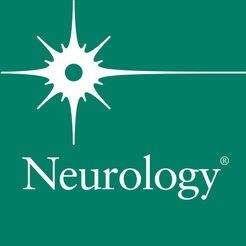Introduction: Due to the widespread nature of ocular motor anatomic pathways, traumatic brain injury and its mildest form, concussion, affect eye movements in many ways. However, the extent to which concussion results in ocular motor deficits detectable on clinical examination is unclear. Existing literature suggests a high incidence of convergence insufficiency, saccadic deficits, and smooth pursuit impairment. We sought to identify the incidence of ocular motor dysfunction in a multidisciplinary concussion center-based neuro-ophthalmologic practice.
Methods: We performed a retrospective chart review of all patients with a concussion-related diagnostic code seen in the practice of four neuro-ophthalmologists between 8/1/2014 and 8/1/2015. Those with pre-existing ocular motor deficits or significant positive neuroimaging findings (i.e. subdural or intracranial hemorrhage, orbital fractures) were excluded from the analysis.
Results: Seventy patients with a concussion-related diagnosis were identified. Fifty-eight subjects (mean age 30.8 ±14.7, age range 11-65, 30 males, 28 females) met inclusion criteria. Loss of consciousness was documented in 13 (22.4%). Twenty-four (41.4%) reported a history of multiple concussions. The most common symptom was headache (n=36, 62.1%), followed by photosensitivity (n=19, 32.8%). Difficulty reading or using screens were reported in 11 (19%) and 9 (15%), respectively. Ocular motor dysfunction was seen on neuro-ophthalmologic examination in 16 (27.6%) patients; findings predominantly included convergence insufficiency (n=13, 22.4%). Reduced stereopsis, ocular flutter, impaired VOR cancellation, and gaze-evoked nystagmus were each found in single patients. One patient had square wave jerks, but it was unclear if these were pathologic. Deficits of saccades were not identified by clinical examination.
Conclusions: Results of this neuro-ophthalmic concussion study are concordant with existing literature showing a fairly high incidence of convergence insufficiency. Interestingly, other eye movement abnormalities were rare and saccadic deficits were not detected, emphasizing the need for additional performance measures or eye movement recordings to capture concussion-related efferent visual deficits.
Summary Points:
- A one-year retrospective chart review of a concussion-related diagnostic code in a neuro-ophthalmology practice was completed.
- The most common post-concussion symptoms included headache, photosensitivity, difficulty reading and difficulty using screens.
- Loss of consciousness occurred in 22.4%.
- Ocular motor dysfunction was evident in 27.6% and convergence insufficiency was predominant.
- Deficits of saccades were not identified by clinical examination emphasizing the need for performance measures or eye movement recordings to detect these concussion-related efferent visual deficits.

